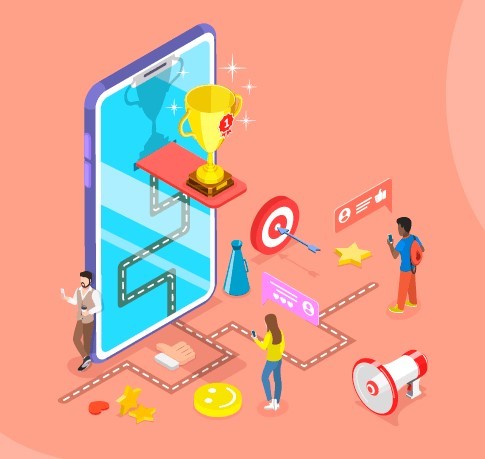
Employee training and development play a vital role in building a skilled and motivated workforce. To enhance the effectiveness and engagement of training programs, many organizations are turning to gamification. Gamification involves applying game-like elements and mechanics to non-game contexts, such as employee training. Let’s explore the role of gamification in employee training and development and the benefits it offers.
Gamification makes training programs more engaging and interactive, capturing employees’ attention and increasing their motivation to participate. By incorporating elements like points, badges, leaderboards, and rewards, employees are motivated to actively participate, compete, and achieve goals. This element of fun and competition makes the learning experience more enjoyable and encourages employees to invest time and effort into their training.
Gamification techniques, such as quizzes, simulations, and interactive challenges, promote active learning and information retention. When employees are actively involved in training through gamified activities, they are more likely to remember and apply the knowledge gained. The hands-on, experiential nature of gamification helps reinforce learning, improving long-term knowledge retention and transferability to real-world work situations.
Gamification provides immediate feedback and progress tracking, allowing employees to see their performance in real-time. Leaderboards and progress indicators show employees how they compare to their peers, providing a sense of accomplishment and healthy competition. Immediate feedback allows employees to identify areas for improvement and adjust their learning strategies accordingly, promoting continuous growth and development.
Gamification creates a safe and risk-free environment for employees to practice and develop new skills. Simulations, scenario-based games, and virtual environments allow employees to apply their learning in realistic settings without the fear of real-world consequences. This hands-on approach allows employees to experiment, make mistakes, and learn from them in a controlled and supportive environment.
Gamification can foster teamwork and collaboration among employees. Multiplayer games, team challenges, and leaderboards encourage employees to work together, share knowledge, and collaborate on problem-solving. This promotes communication and strengthens relationships among employees, enhancing their ability to work effectively as a team in real work scenarios.
Gamification supports a culture of continuous learning and ongoing skill development. By incorporating elements like daily challenges, mini-games, or quests, employees are encouraged to engage in bite-sized learning opportunities regularly. Gamified reinforcement activities serve as refreshers and keep employees engaged even after the initial training program, ensuring knowledge retention and continuous growth.
Gamification platforms provide valuable data and analytics on employee performance, progress, and engagement. This data can help organizations identify knowledge gaps, training effectiveness, and areas for improvement. By analyzing the data, organizations can refine their training strategies, adapt content to meet specific needs, and provide targeted support to individual employees or teams.
By incorporating gamification into employee training and development programs, organizations can enhance engagement, promote active learning, and foster a culture of continuous improvement. The elements of competition, immediate feedback, skill development in a risk-free environment, and collaboration make training more enjoyable, effective, and impactful.